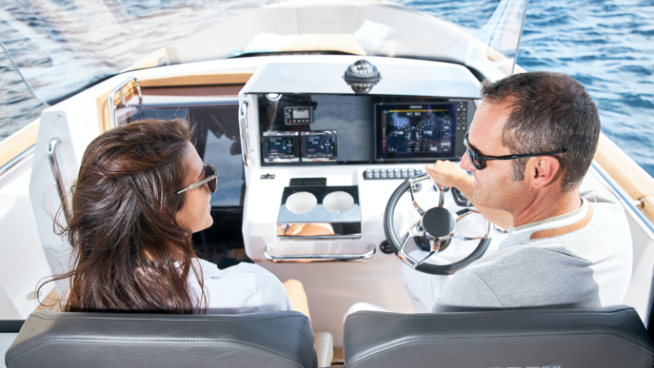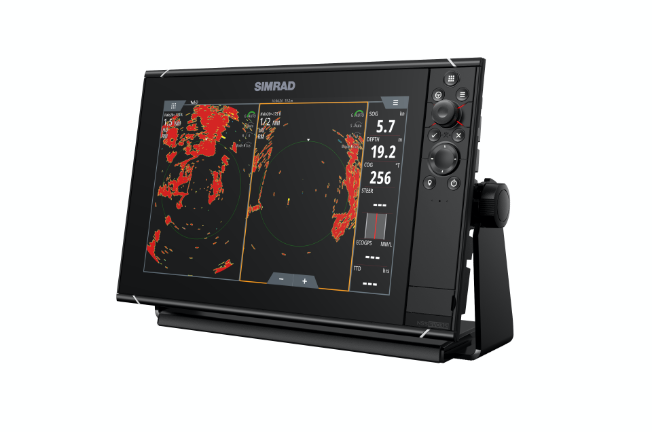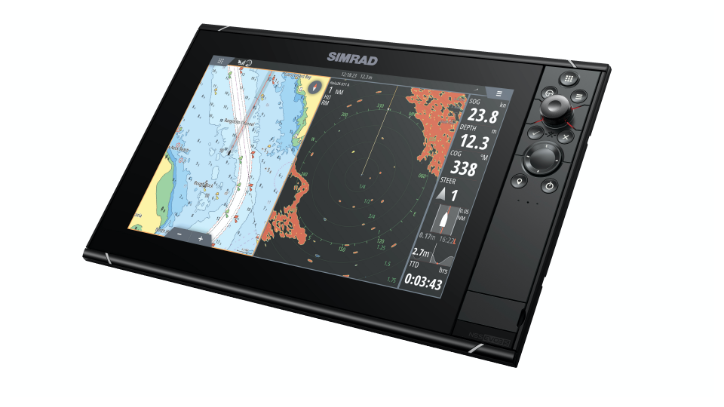
Should I Always Keep My Radar Switched On?
Should I Always Keep My Radar On?
Should I always use my radar in transmission mode when underway, even on a bright sunny day? Unless you have a compelling reason not to, like insufficient battery capacity to keep it running, then the answer is yes. Here are five important reasons why.
1. Adhering to the ColRegs.
If you take a boat to sea then you need to follow the 1972 International Regulations for Preventing Collisions at Sea. Rule 5 (Look-out) says “every vessel shall at all times maintain a proper look-out by sight and hearing as well as by all available means appropriate”. Rule 7(b) (Risk of collision) states “Proper use shall be made of radar equipment if fitted and operational, including long-range scanning to obtain early warning of the risk of collision and radar plotting or equivalent systematic observation of detected objects.” Summarising, if you have operational radar fitted, you should be using it as a part of your watch-keeping and collision prevention activity. If you are rusty on the ColRegs then it’s worth having a good look at the many specific references to radar.


2. Practising your skills.
You will gain greater confidence in your use of radar if you have spent time observing targets by radar and eye in good visibility. Gaining familiarity in this way will improve your confidence if a sudden fog bank hits, or if navigating at night. You’ll also become much more aware of your radar’s capabilities.
3. Clarifying optical illusions.
The eye remains a critical tool in navigation but sometimes your brain can fool you into thinking a ship is moving away from you instead of towards you, or that something is further away when in reality it is closer. Radar is perfect for measuring your relative position and speed against everyone around you. It is also invaluable if used correctly to assist in collision avoidance.


4. Alerting to hazards in blind spots
Unfortunately, not all helm positions have a perfect 360-degree view. Closing vessels can creep up alarmingly quickly in blind spots and fixed obstructions like navigation buoys can also be hard to spot. Radar helps you keep an eye out for any hazard in sectors of restricted visibility.
5. Navigation cross-checks.
Radar offers fantastic options for checking the other navigation data on your boat. Marine electronic systems have never been better, but multiple sources of information are always safer than one. Cross-referencing what you see on the chart plotter with your radar image is sensible and a great way to further hone your skills.

















